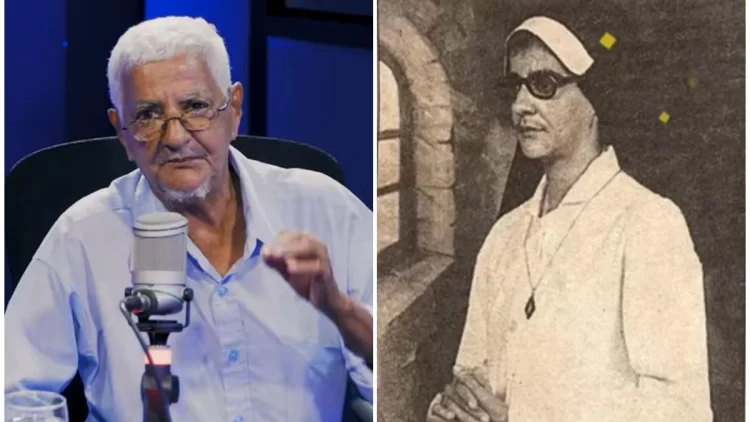‘Between Music’, the world’s first aquatic music band, are all set to perform their very first underwater concert – ‘Aquasonic’ – at Rotterdam on 27 May. The Danish ensemble will be playing specific instruments and even singing inside water tanks, using special techniques that they developed over 10 long years of experimentation.
The story of this unique musical group began when lead singer and composer Laila Skovmand decided to find a way to sing underwater. Her first experiment involved singing while submerging her mouth in a kitchen bowl filled with water. While she was able to produce sounds, she was also generating a lot of bubbles that added ‘pop’ sounds to the music. But she was determined to find a way to sing underwater, so she kept trying new things.
After a lot of trial and error, Laila finally came up with a technique that involves holding an air bubble in her mouth and singing through it while submerged in water. She has to rise to the top once every minute to breathe in fresh air and start with a new bubble, but otherwise, she claims it works. “There is also a technique where I switch between singing on the exhale and inhale,” she says. “But it can be hard to control.” Due to the small amount of air in a bubble, the underwater singer can only produce short tones, preferably high ones, because lower tones tend to sound nasal.

Spurred on by her success, Laila switched her focus to taking musical instruments underwater as well. Starting with a cheap violin, which collapsed after a few days of repeated underwater use, she realised that that the stringed instrument sounded a lot like “a recording from the 1930s”. But she also found that only stringed instruments would work in water, and she would need to actually invent new instruments if she wanted to set up her own underwater band.

So Laila brought in Andy Cavatorta, who invents unusual instruments, to do the job. He had to work within several constraints – water dampening the sound due to its density, sound traveling four times faster underwater, lack of friction, and the standing waves in the tank that could alter an instrument’s sound. But he eventually developed two new instruments – the ‘rotacorda’ and the ‘crystallophone’. The former has six strings and can be plucked like a guitar, while the latter is made up of bowls that are played with fingers, like singing bowls.

The next issue that the band faced was capturing decent sound, given that the aquariums would have up to 20 instruments inside them. They brought in an acoustician to experiment with placement, and he figured out that the instruments didn’t have to be precisely located because hydrophones placed in the corners of the tanks would pick up the sounds just fine. Matt Nolan, a percussion instrument maker, was brought in to fine tune the band’s sound mix. And a third instrument – a hydraulophone – was also added. It’s the band’s only ‘woodwater’ instrument – a drum kit of sorts with modified gongs and cymbals.
During the concert, the five performers will rely on waterproof in-ear headphones to help them synchronise inside their custom-built, 1,600-liter, water-filled aquariums. The audience, of course, will remain dry on the outside, listening to the music picked up by the hydrophones. It sounds like a rather ambitious project, but if they succeed, then it’s going to be like nothing that the world has ever seen, or heard, before.
Photos: AquaSonic
Sources: New Scientist, Matt Nolan






